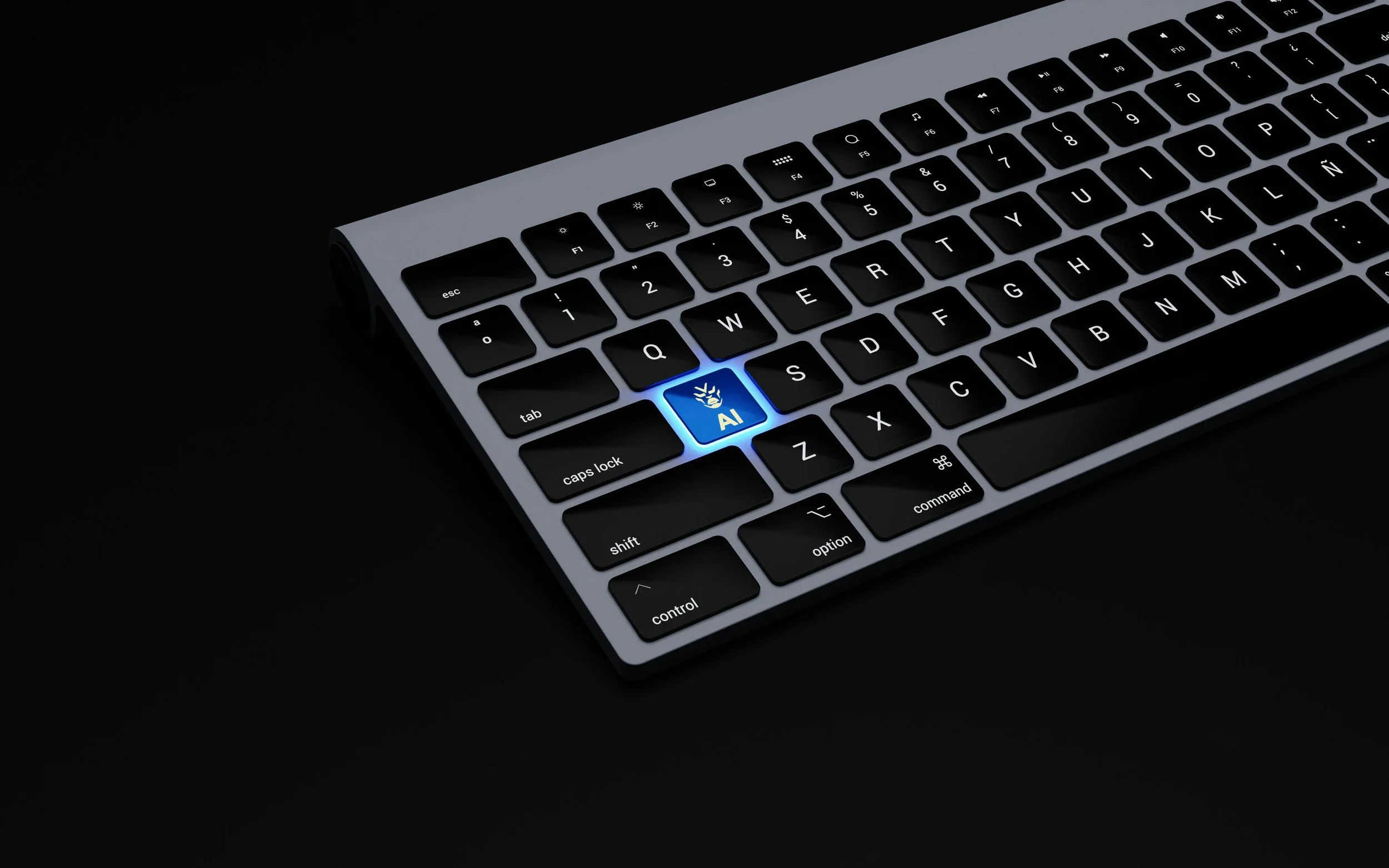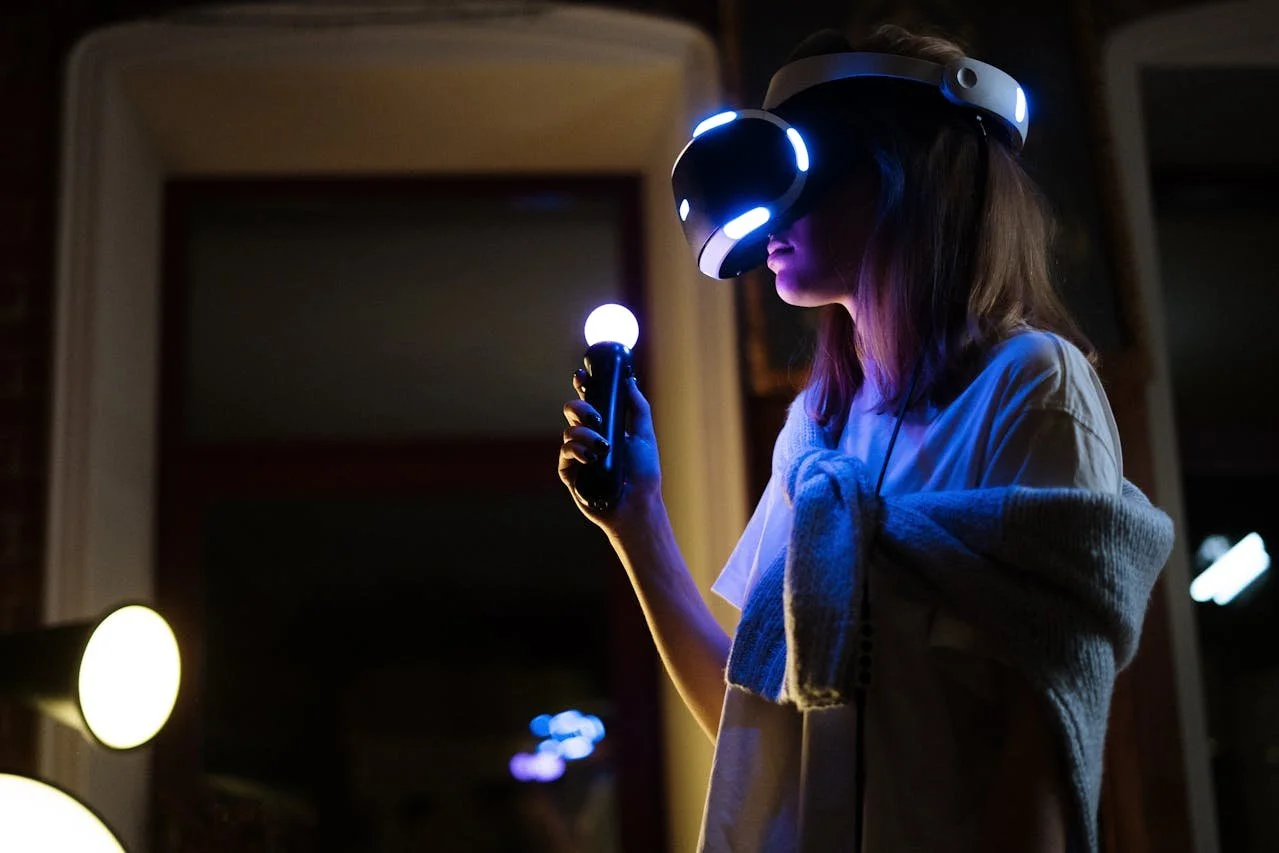Looking ahead to 2025, virtual reality (VR) is still transforming education, providing learning environments once thought of as science fiction. For undergraduates and professors, VR presents new opportunities for instruction and projects. Adding VR to projects throughout college not only increases accessibility and comprehension but also prepares students for work in technical areas in the future. Here are five things to think about while working on VR projects for college.
1. Understanding the Scope and Capabilities of VR
Before integrating VR projects, you want to understand what VR can and cannot do. Knowing what it can do to model physical environments, generate interactive experiences, and map complex data helps educators and students match their project needs to the technology's strengths. For example, VR works well for building designs, medical simulations, and historical recreations, providing interaction and immersion beyond traditional technologies.
Instructors should first develop a rough roadmap of the VR technology available – tethered VR systems such as Oculus Rift or standalone systems such as Quest 2 – and what kind of software they will need. This early work ensures the rest of the project execution is possible and relevant to the technology's current capabilities.
2. Incorporating VR into Learning Objectives
Incorporating VR into a college project should match the technology to the course content. This coordination must also be designed to help facilitate communication, engagement, and practice of theoretical ideas. In a biology course, for instance, rather than studying cells, students might take to VR to step into a cell and view mitosis from an immersive point of view.
Instructors need to think about projects that will leverage VR to solve problems in a classroom or improve learning in a way that textbooks and videos don’t. This could involve deploying VR for engineering problems, re-enacting history, or virtual field trips to places you can’t.
Adding VR to your college project in 2025 can be rewarding and complicated simultaneously. While students delve into the technical details of VR, it can get overwhelming, mainly if they have to undertake other courses alongside. If you worry about, “Can I pay someone to write my essay?” don’t hesitate to delegate your tasks to expert authors. It will give you time to develop immersive VR experiences rather than being burdened by assignments.
3. Ensuring Accessibility and Inclusivity
One issue with including VR in school is that not all learners can access the tech equally. Although VR has become widespread, issues of affordability, accessibility, and usability continue to exist in 2025. Schools must actively strive to accommodate the necessary resources and assistance to all students, even those with disabilities.
It should not just be hardware – training and assistance systems that enable students to learn through these new virtual worlds should also be in the works. Educators should also consider VR's physical challenges and alternative approaches for learners who find the immersive experience disorienting or uncomfortably intense.
4. Utilizing VR for Collaboration and Communication
The ability to collaborate with education recipients in VR has the potential to transform their workflow. By 2025, VR will have robust features for multi-user training, where students are simultaneously engaged in a virtual environment from multiple physical locations. This tool is crucial to working in groups on projects of this type, notably in architecture, game design, and urban planning.
Teachers should encourage using VR tools that facilitate interaction, communication, and live cooperation for projects that require cooperation. These include building a virtual model together, visualizing a three-dimensional dataset, or learning a language in an artificial setting.
5. Evaluating VR Project Outcomes
Testing outcomes of VR-based projects is critical to understanding how well they perform on learning goals. To evaluate such projects, teachers must devise criteria based on the technology implementation and the educational impact. These are the five elements to consider during a judgment:
Technological Functionality: Ensure the VR device operates smoothly without any issues that detract from learning.
Student Engagement: Examine the time the VR engages and sustains students' interest throughout the project.
Comprehension: Measure students' understanding of the material covered in the VR environment.
Practical Application: Test learners’ ability to implement the lessons learned through VR in real-life situations.
Feedback Collection: Create ways to solicit student’s feedback about their VR learning experience for continual improvement.
Educators can better understand how well VR integration achieves educational objectives by systematically focusing on these items. This analysis highlights areas for improvement and offers suggestions for future VR projects so that teaching can keep pace with the technologies.
Bringing the Future to Today’s Classrooms
Implementing VR in college projects marks a modern movement towards immersive learning. With VR knowledge and implementation on the right side, in the right places, as an opportunity for higher collaboration and a way to accurately test outcomes, colleges can offer students rich, futuristic learning opportunities today. As VR advances, so will its educational applications, leading to more engaging, relevant, and creative teaching methods to set students up for a world of contemporary challenges.



















